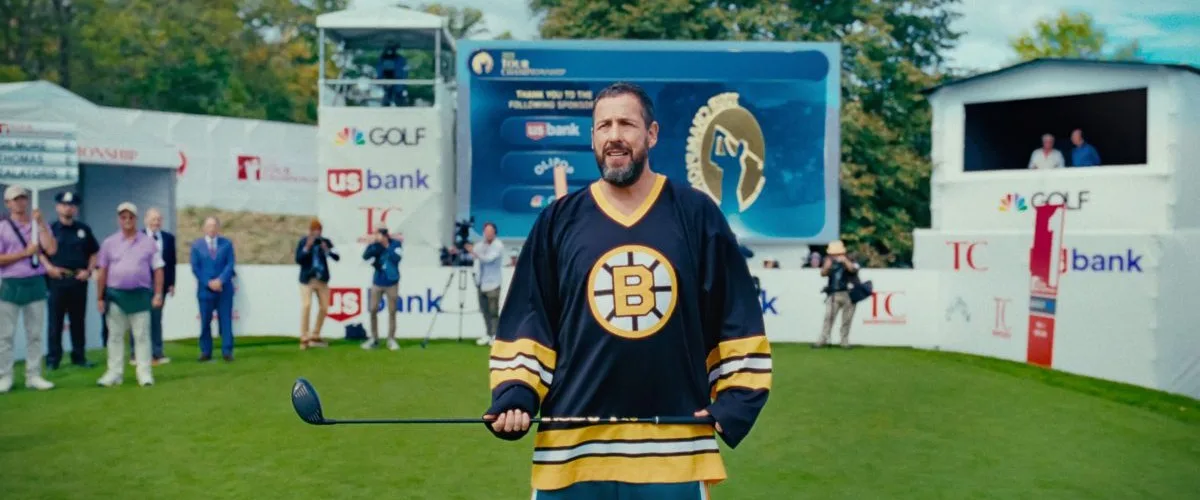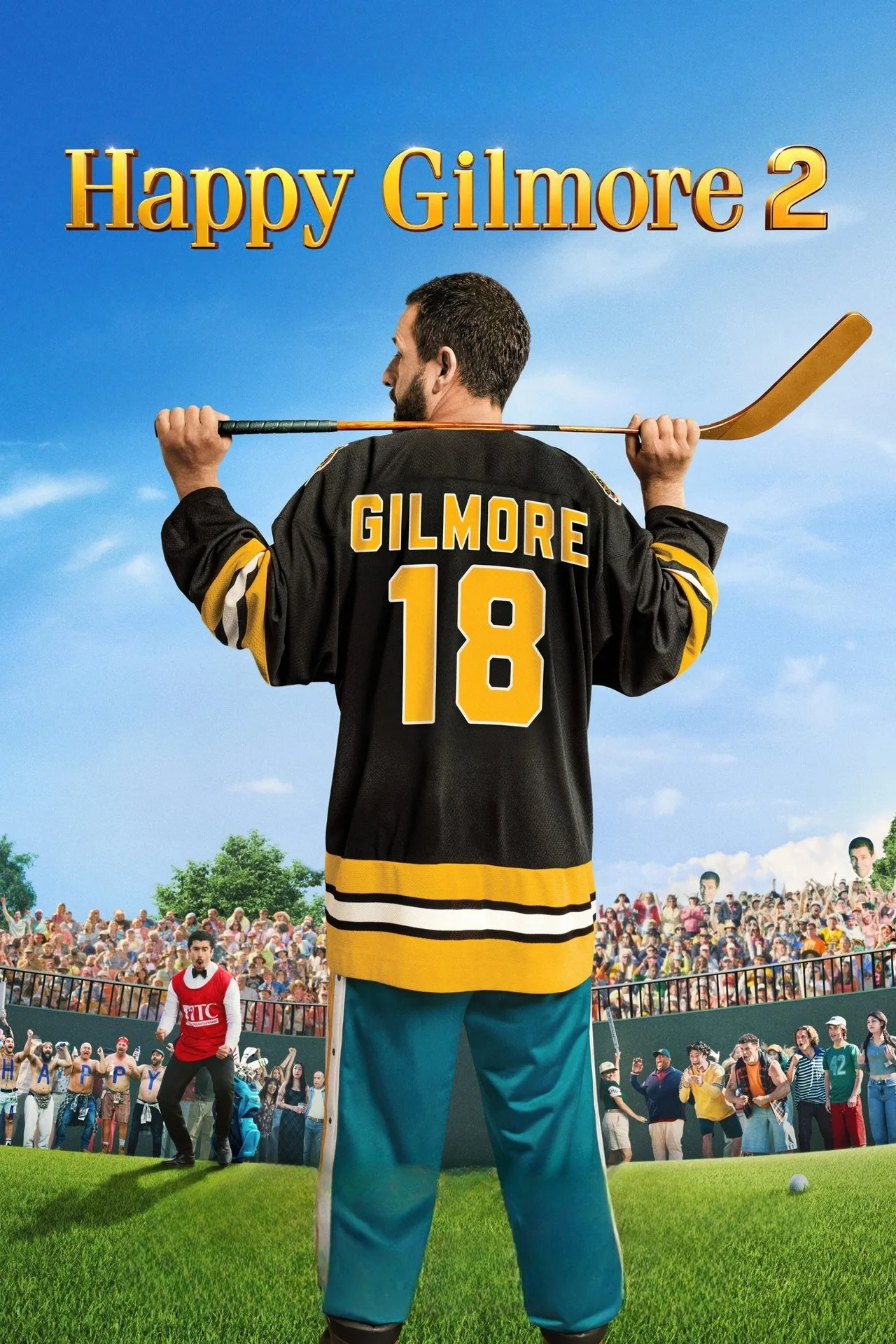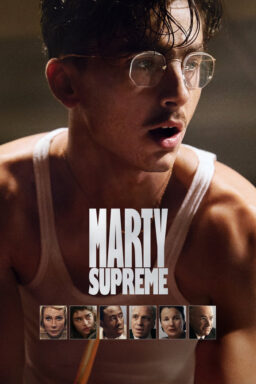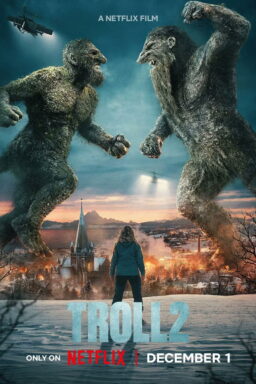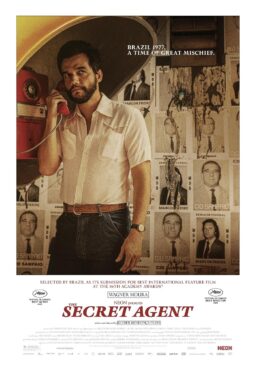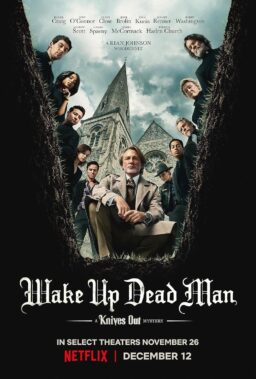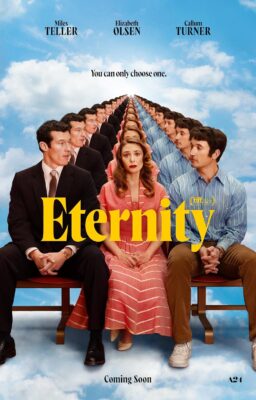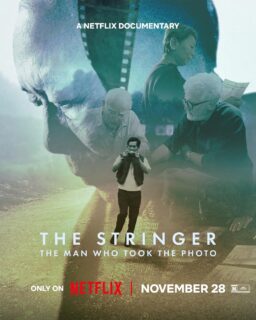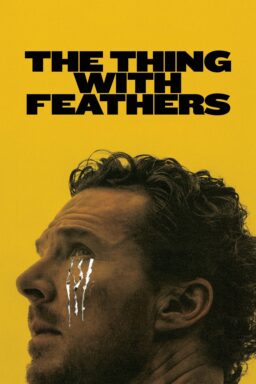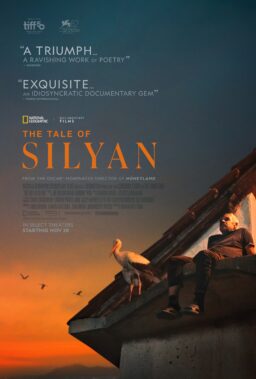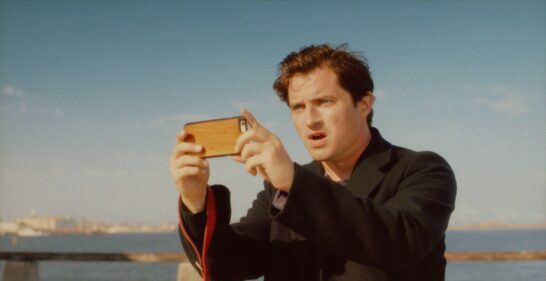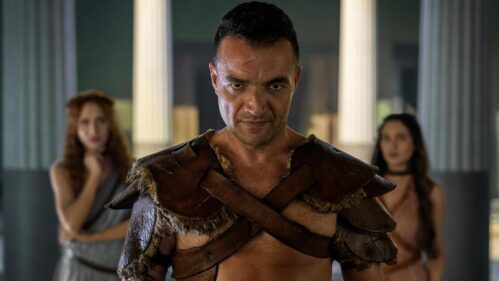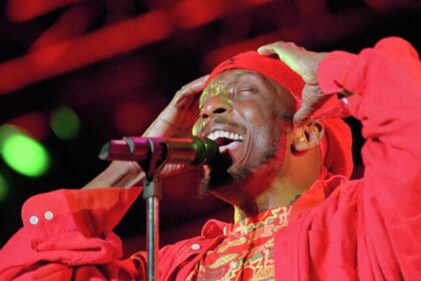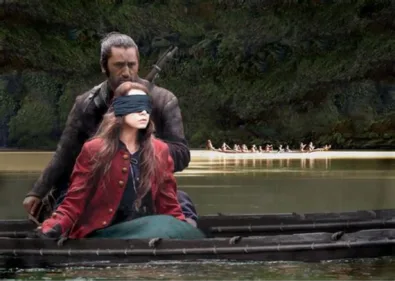One supposes it would have made for depressing messaging to call this legacy sequel “Unhappy Gilmore,” but that’s where we find Adam Sandler’s aspiring-hockey-player-turned golf legend in the opening sequences of “Happy Gilmore 2,” which picks up the story some 30 years after Happy took the sports world by storm and won six tour championships before putting the clubs in storage and retiring so he could enjoy life with his beloved and devoted wife Virginia (Julie Bowen) and their five children.
Without giving away the brutal details, let’s just say Virginia exits the picture early on, keeping with the dubious sequel tradition of the Disposable Love Interest, as seen in films ranging from “The Karate Kid II” to “Ted 2” to “Austin Powers: The Spy Who Shagged Me,” not to mention the Bond and Batman franchises. Happy goes broke, loses his late grandmother’s house, turns to the bottle and gets into scrapes with the law, finding himself in a rehab facility run by an old nemesis. Right about then, it’s time to cue up the classic rock soundtrack as Happy picks himself up and stages a comeback, all so he can raise the $300,000 needed to send his daughter Vienna (Sunny Sandler), an aspiring dancer, to the prestigious Paris Opera Ballet School. (“Is that around here?” asks the hapless Happy).
Directed with a firm if sometimes self-indulgent sense of comedic timing by Kyle Newacheck from a joke-crammed screenplay by Sandler and his longtime writing partner Tim Herlihy, featuring a steady stream of callbacks to the original and more sports cameos than a night at the ESPYs, “Happy Gilmore 2” is a shamelessly unapologetic exercise in Millennial nostalgia that could have benefited from some judicious trimming to the 114-minute running time. It’s like one of those music awards show performances where a dozen Rock and Roll Hall of Famers cram the stage for an extended jam on some classic tune. Yeah, it’s a bit messy and self-indulgent, but it’s often great, stupid, harmless fun. Sandler and company are giving the fans exactly what they want with this live-action cartoon, which is sure to rack up tens of millions of viewing minutes on Netflix. As was the case with the original, Sandler somehow manages to create a likable, sports-underdog character out of a combustible, borderline sociopath with a hair-trigger temper, and we get the welcome return of a number of supporting players from the first film, led by Christopher McDonald as the All-Decade Comedic Villain, Shooter McGavin, and countless dopey but reasonably funny sight gags and jokes—e.g., Jack Nicklaus ordering an iced tea and lemonade while somehow being unaware it’s called an Arnold Palmer and pro golfer Xander Schauffele not knowing how to invoke “That’s what she said!” as a punchline.
With a few elements of “Rocky II” and “Rocky III” in play, the setup for “HG2” has Sandler’s “Uncut Gems” co-director Benny Safdie as the energy drink mogul Frank Manatee, who is starting a new golf league called Maxi Golf, which is like an exaggerated version of the real-world LIV Golf—designed to amp up the game and attract a younger, hipper audience. (“Eighteen holes? Boring! We got seven holes. Slow play? We got shot clocks.”) The challenge is set: the old-school tour’s top five finishers in the U.S. Bank Tour Championship (“Happy Gilmore 2” actually manages to top the original for blatant product placement) will compete against Maxi Golf’s top five, with the winner … winning. If Happy can make the team, it could his shot at redemption and a chance to raise that money to send his daughter off to the Paris Opera Ballet School, which is, you know, over there in Paris! Ah, but who is released from the Westford State Mental Hospital after being held there for nearly 30 years, just in time for Frank Manatee to recruit him to head up the Maxi Golf team? That’s right: One Shooter McGavin. (Cue the callback/tribute to a certain memorable brawl from the original.) The stakes have never been more ridiculous.
The golf scenes remain as cartoonish as ever with Happy in jeans, Timberlands and his iconic Bruins jersey, doing his signature swing, ripping drives into orbit and sinking putts with his hockey stick putter, much to the delight of the galleries. At times, the celebrity cameos come close to overwhelming what there is of the storyline, though Eric Andre, Margaret Qualley, Travis Kelce and John Daly score some laughs. Bad Bunny aka Benito Antonio Martínez Ocasio pockets nearly every scene he’s in as Happy’s charmingly clueless new caddy, Oscar, and the legendary, 85-year-old commentator and “HG1” alum Verne Lundquist kills with arguably the best deadpan one-liner of the entire movie.
Like many an Adam Sandler comedy populated with Sandler’s old buddies and family members, there are times when it comes across that they had more fun making the movie than we’re having watching. The scatological “humor” is as low-brow as it gets; either you find it funny or you don’t. I’ve never been a huge fan of that … stuff, but the physical, “Three Stooges” material has a certain, admittedly dumb, slapstick appeal. Still, “Happy Gilmore 2” makes par through the strength of its sheer stupid energy and the game efforts of Sandler and his 50 or so co-stars. It’s good to be back in that Happy Place.

